Neuromorphic Computing
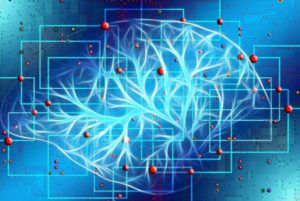
Neuromorphic computing offers a potentially disruptive technological capability to process complex inputs and produce elegantly simple, useful outputs, in an inherently energy-efficient way.
Superconducting Vortices
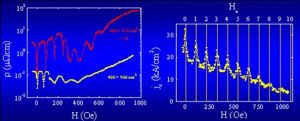
Superconductors are well known for their perfect diamagnetism, they expel magnetic flux (see figure 1a). However, that changes if a strong enough magnetic field is applied to them.
Extraterrestrial Superconductors
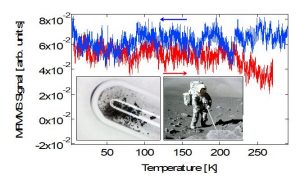
Previous studies have shown that Meteorites can contain unusual natural phases, such as quasicrystals, that have otherwise been found only in synthetic samples.
Complex Oxides
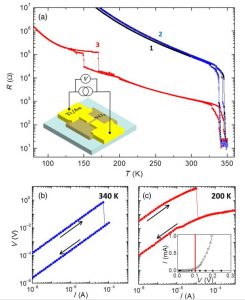
Our research is aimed at understanding the driving force behind the metal-insulator transition and developing applications for these unique materials.
Synthetic Superconductors
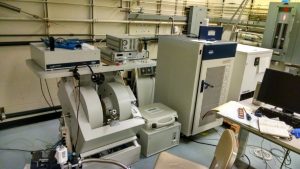
The search for materials with novel properties, new superconductors in particular, is a difficult and sometimes tedious task. In some ways, the search for new superconducting materials is akin to the search for a needle in a haystack.
Exchange Bias
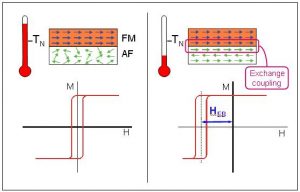
The hysteresis loop of ferromagnetic/antiferromagnetic (FM/AF) thin films exhibits a shift along the magnetic field axis below the Néel temperature of the AF known as exchange bias field. The origin of exchange bias is the coupling between FM and AF spins at the interface.
Phthalocyanine

Metal phthalocyanines have diverse properties, which include optical properties (photoconductivity, dyes, photosensitizers in photodynamic cancer therapy), and electronic properties (gas, pressure, humidity sensors, photovoltaic applications, and electroluminescence devices).